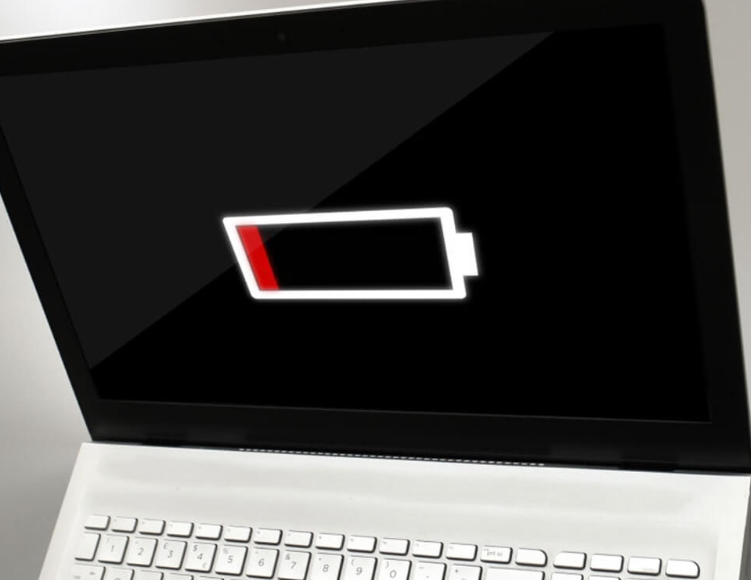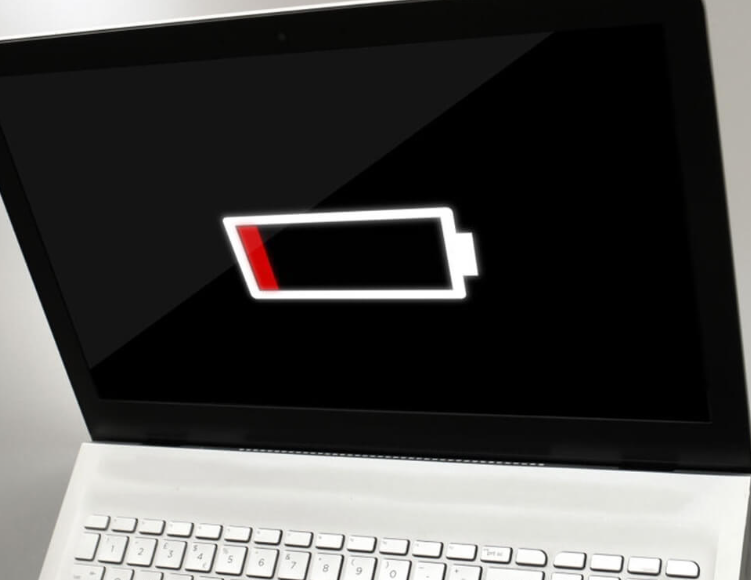
In the age of mobile work and entertainment, laptop battery life is a key factor affecting user experience. When we notice a sudden and significant drop in laptop battery life—a, a device that once lasted 5-6 hours now only lasts 2-3 hours—this undoubtedly causes significant inconvenience in both work and life.
Battery Aging and Wear
- Lithium Battery "Life Cycle" Characteristics
Laptops commonly use lithium batteries, which have a limited number of charge and discharge cycles. Generally speaking, a lithium battery's cycle life is around 300-1000 cycles (this varies by brand and model). Each complete charge and discharge cycle from 0% to 100% and back to 0% is considered a cycle. As the number of cycles increases, the battery's chemically active substances gradually decrease, resulting in a continuous decrease in actual capacity. For example, after 500 cycles, the actual capacity may be only 80% or even less of its initial capacity.
- The Impact of Long-Term Poor Charging Habits
- Overcharging and Over-discharging: Leaving the battery fully charged for extended periods (such as charging overnight) or frequently draining it until it automatically shuts down accelerates battery aging. When fully charged, lithium batteries undergo irreversible chemical reactions; over-discharging can cause the battery voltage to drop too low, damaging the cells.
- Charging in a high-temperature environment: Charging in hot weather or when the laptop is poorly cooled can significantly shorten battery life. The ideal operating temperature for lithium batteries is 0°C to 45°C. Exceeding this range affects the battery's chemical stability.

Abnormal Power Drain Caused by Hardware Failure
- Battery Hardware Damage
- Cell Failure: Lithium batteries consist of multiple cells. If a short circuit or performance degradation occurs in a single cell, overall battery life will be reduced. This can occur due to impact, compression, or prolonged exposure to high temperatures.
- Battery Management System (BMS) Failure: The BMS monitors the battery's status and regulates the charge and discharge currents. A malfunctioning BMS may display an incorrect charge level or fail to effectively control battery operation, resulting in abnormal battery life.
- Abnormal power consumption from other hardware
- Cooling system issues: When a laptop's cooling fan is heavily dusted, the copper pipes are aging, or the thermal grease has dried up, the device will automatically throttle due to overheating. At the same time, hardware like the CPU and graphics card will increase power consumption to maintain performance, indirectly shortening battery life.
- Screen brightness and external devices: The screen is a major power consumer on laptops, and setting it too high significantly increases power consumption. Furthermore, connecting multiple external devices (such as external hard drives and external monitors) can also consume significant power.

Increased power consumption at the software and system levels
- Background programs and processes
Many software programs are set to automatically start at startup after installation, such as antivirus software, cloud sync tools, and download software. These programs run continuously in the background, constantly occupying CPU and memory resources, causing rapid battery drain. For example, some download software automatically checks for updates and preloads resources in the background, consuming power even when no downloads are actually being performed.
- System Settings and Driver Issues
- Improper Power Management Mode: If your laptop is in "High Performance Mode" for a long period of time, the CPU and graphics card will run at peak performance, naturally increasing power consumption significantly. In contrast, "Economy Mode" limits hardware performance and extends battery life.
- Outdated Drivers: If drivers for hardware like graphics cards and network cards are not updated promptly, they may become incompatible with the system, causing the hardware to operate inefficiently and increasing power consumption. For example, outdated graphics card drivers may cause the graphics card to consume more power when rendering graphics.
